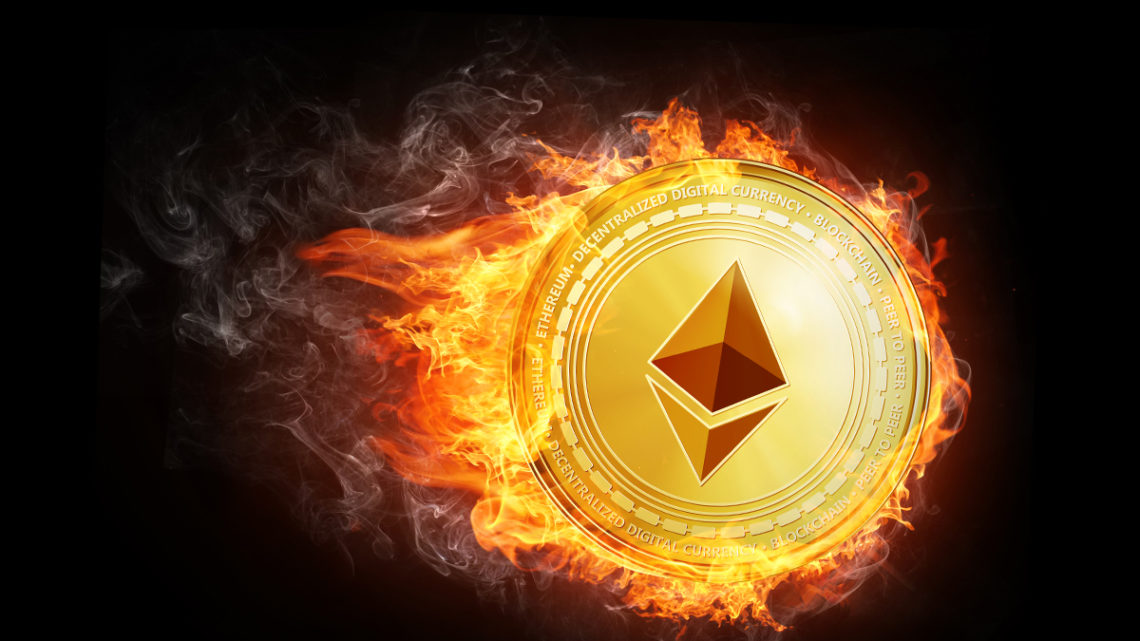- Ethereum has been stealing the show on the charts and in the wider market over the last few months
- He polled his followers on whether they think EIP-1559 is a parasitic tax that drives decentralized apps (dApps) to other networks for short-term deflationary consequences
- While the post-London phase was a mixed bag for the Ethereum network, with both criticism and praise arriving in equal measure, other networks benefited from it
Ethereum has been stealing the show on the charts and in the wider market over the last few months. In reality, EIP-1559’s deployment in the first week of August this year was responsible for most of ETH’s market-wide excitement. This, along with the recovery of the broader market, has allowed many in the mainstream to go beyond Bitcoin. While this has been revolutionary for the network and its users, concerns about scalability and high gas prices have been voiced on several occasions. The advent of ETH-killers like Solana, as well as the quick proliferation of layer-2 scaling solutions, has put a wrench in the works, confirming these fears. Analyst Willy Woo has started a lively conversation with his thoughts on EIP-1559 and capital flight from the Ethereum network.
He polled his followers on whether they think EIP-1559 is a parasitic tax that drives decentralized apps (dApps) to other networks for short-term deflationary consequences. The response was divided, but it’s a unique perspective on the problem. The growing use of the ETH network in dApps, NFT spikes, and yield farming has led network fees to exceed 100-200 Gwei numerous times in the previous few months. EIP-1559, according to ETH developers, is focused on addressing rising gas prices and making them predictable. Notably, the number of ETH burnt in the 40 days after EIP-1559 was initially deployed has surpassed 296,000 ETH. Furthermore, the burn value has surpassed $1 billion, with OpenSea burning the most ETH, around 40000.
While the post-London phase was a mixed bag for the Ethereum network, with both criticism and praise arriving in equal measure, other networks benefited from it. In reality, the recent spike in gas prices has been a gift in disguise for layer-2 scaling solutions. Over 3.6 billion dollars were trapped in layer 2 solutions on Ethereum at the time of writing. Additionally, Solana’s exponential development can be due to its low transaction costs and fast speed. To enhance speed and decrease gas prices, Ethereum has relied on Optimistic Ethereum, rollups, and zero-knowledge technology. Solana, on the other hand, is in a better market position. In reality, the claim that Solana is the world’s fastest blockchain network might be ETH’s doing, with a post-EIP-1559 impact.
For the time being, it appears that the second-largest blockchain has two options for the future. High gas prices will either continue to push money out of Ethereum (to L-2 alternatives) or help the post-ETH 2.0 transition to a scalable and reasonably low-fee network. For the time being, however, it appears that dApps are moving away from the ETH network as the NFT hype fades. As a result, it appears that EIP-1559’s short-term effects are disputed.

Andrew is a blockchain developer who developed his interest in cryptocurrencies while pursuing his post-graduation major in blockchain development. He is a keen observer of details and shares his passion for writing, along with coding. His backend knowledge about blockchain helps him give a unique perspective to his writing skills, and a reliable craft at explaining the concepts such as blockchain programming, languages and token minting. He also frequently shares technical details and performance indicators of ICOs and IDOs.


 Home
Home News
News










